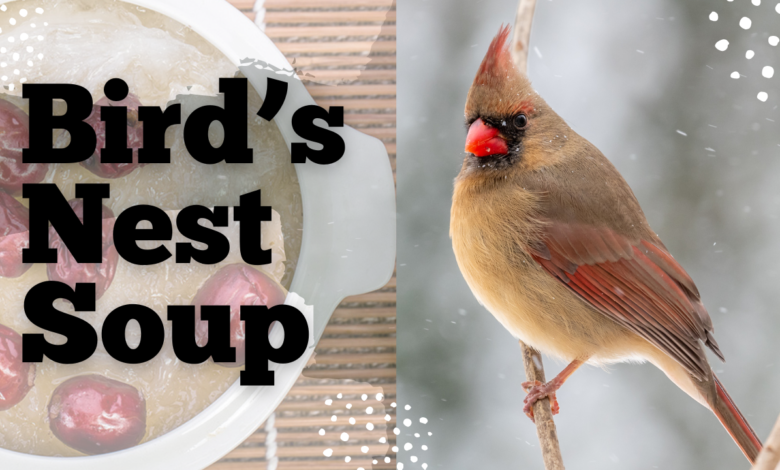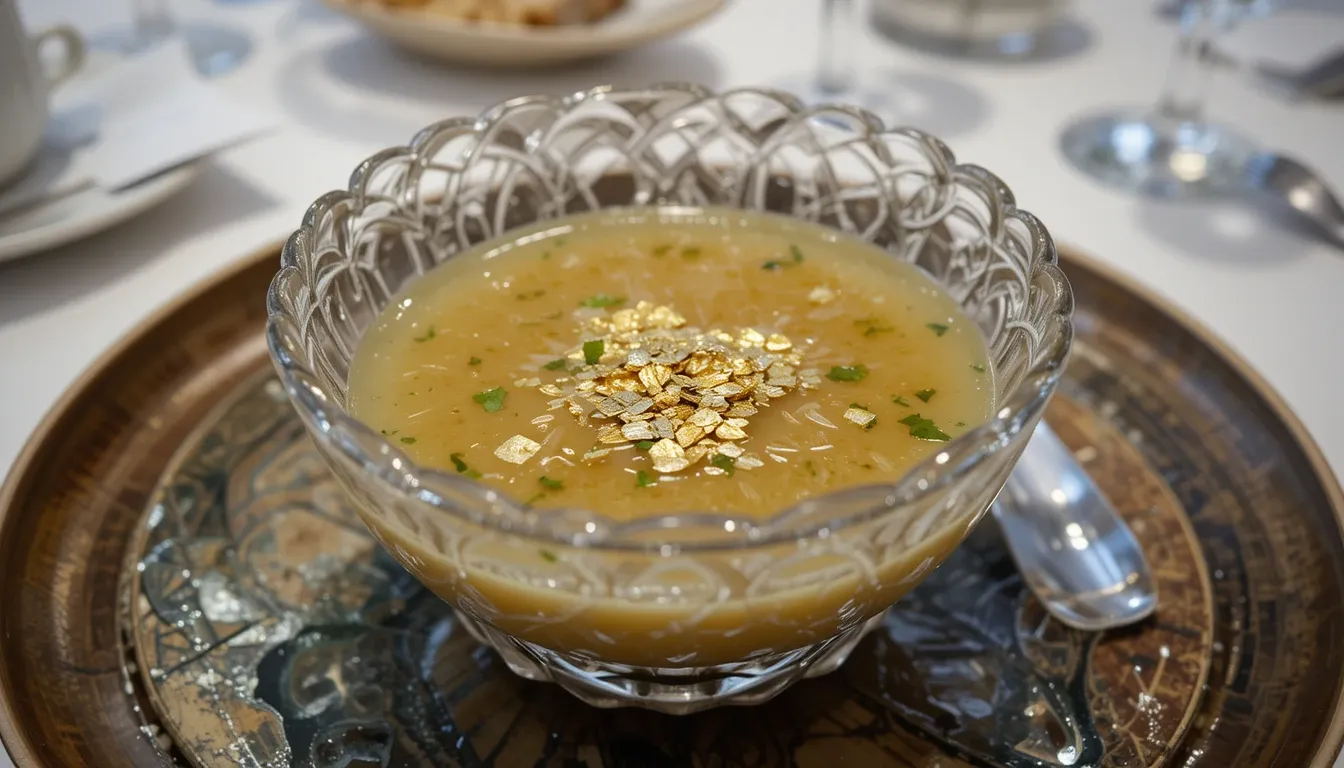Bird’s Nest Soup: Asia’s Luxurious Delicacy & Cultural Treasure
From Cave Harvests to Michelin Stars – A Deep Dive into Swiftlet Nest Cuisine

Bird’s Nest Soup: A 1,500-Year-Old Symbol of Status & Tradition
From Cave Harvests to Michelin Stars
Why This Saliva-Built Nest Costs More Than Gold
“Valued at up to 3,000perkilogram∗ ∗,Bird’sNestSoupisaculinaryiconsteepedinimperialhistoryandbiologicalwonder.Madefromthesolidifiedsalivaof∗Aerodramus∗swiftlets,thisgelatinousdelicacygracedthetablesofChineseemperorsandnowfuelsa∗∗5 billion global industry.”
This guide blends cultural insights, scientific facts, and ethical considerations for the discerning traveler.

“Swiftlet nest harvesting Borneo”
The Science & History Behind the Nests
1. Biology of the Swiftlet
- Species: Aerodramus fuciphagus (Edible-nest swiftlet) produces 95% of commercial nests.
- Nest Composition: 90% saliva glycoproteins, 5% feathers. Rich in sialic acid, linked to immune support (NIH Study).
2. Imperial Origins
- Tang Dynasty (618–907 AD): First recorded consumption by Empress Wu Zetian as a longevity elixir.
- Qing Dynasty Chefs: Boiled nests with quail eggs and lotus seeds for emperors.

“Bird’s Nest Soup imperial history”
Click the link to dive deeper: Traditional Chinese Medicinal Foods
Harvesting: Danger, Ethics & Sustainability
The Cave Harvesting Process
- Locations: Limestone caves in Borneo, Vietnam, and Thailand.
- Risks: Harvesters climb 100m+ bamboo scaffolds; 20+ deaths annually.
- Sustainability: WWF-backed farms now mimic caves to protect wild populations (WWF Report).
Grading System
- Red Blood Nests: Rarest (oxidized iron), $10,000/kg.
- White Nests: $3,000/kg.
- Black Nests: Lowest grade, often farmed.
Controversy: 70% of Malaysian nests are illegally harvested, endangering ecosystems (TRAFFIC).
Health Myths vs. Reality
Traditional Beliefs
- Enhances skin elasticity (collagen).
- Boosts libido and fertility.
Scientific Findings
- Sialic Acid: May improve brain function (limited human trials).
- Protein Content: 50% by weight, but incomplete amino acids (Journal of Ethnopharmacology).
Expert Quote:
“Bird’s Nest Soup is more status symbol than superfood. Its benefits are culturally amplified.”
Dr. Li Wei, Beijing University of Chinese Medicine.
Where to Savor Authentic Bird’s Nest Soup
1. Malaysia: The Regent Kuala Lumpur
- Dish: Imperial Double-Boiled Nest with Coconut ($180/bowl).
- Ethics: Sources from Gomantong Caves, a UNESCO-protected site.
2. Indonesia: House of Sampoerna (Surabaya)
- Dish: Nests steamed with papaya ($150), paired with Java coffee.
- Tours: Visit swiftlet farms in Yogyakarta.
3. China: Dragon Palace (Hainan)
- Dish: Bird’s Nest Congee with truffle ($450).
- Michelin-Starred: T’ang Court (Shanghai) offers a 7-course nest tasting menu.

“Luxury Bird’s Nest Soup presentation”
Click the link to dive deeper: Michelin Guide China
Avoiding Fakes: A Buyer’s Guide
1. Authenticity Tests
- UV Light: Real nests fluoresce blue; imposters (agar) glow green.
- Texture: Dissolves into smooth strands when boiled; fakes turn mushy.
2. Trusted Retailers
- Malaysia: Eu Yan Sang (200+ years, euyansang.com).
- Hong Kong: Hang Heung (FDA-certified, hangheung.com.hk).
Red Flag: Vendors selling “instant” Bird’s Nest Soup – often 90% sugar.
Conclusion: A Delicacy at a Crossroads
Bird’s Nest Soup embodies luxury and tradition but faces ethical and ecological challenges. By choosing WWF-approved suppliers and respecting local ecosystems, you can savor this marvel responsibly.
Ready to taste history? Book a culinary tour via Luxe Travel Malaysia or explore our Southeast Asia Food Guides.

“Ethical Bird’s Nest Soup preparation”